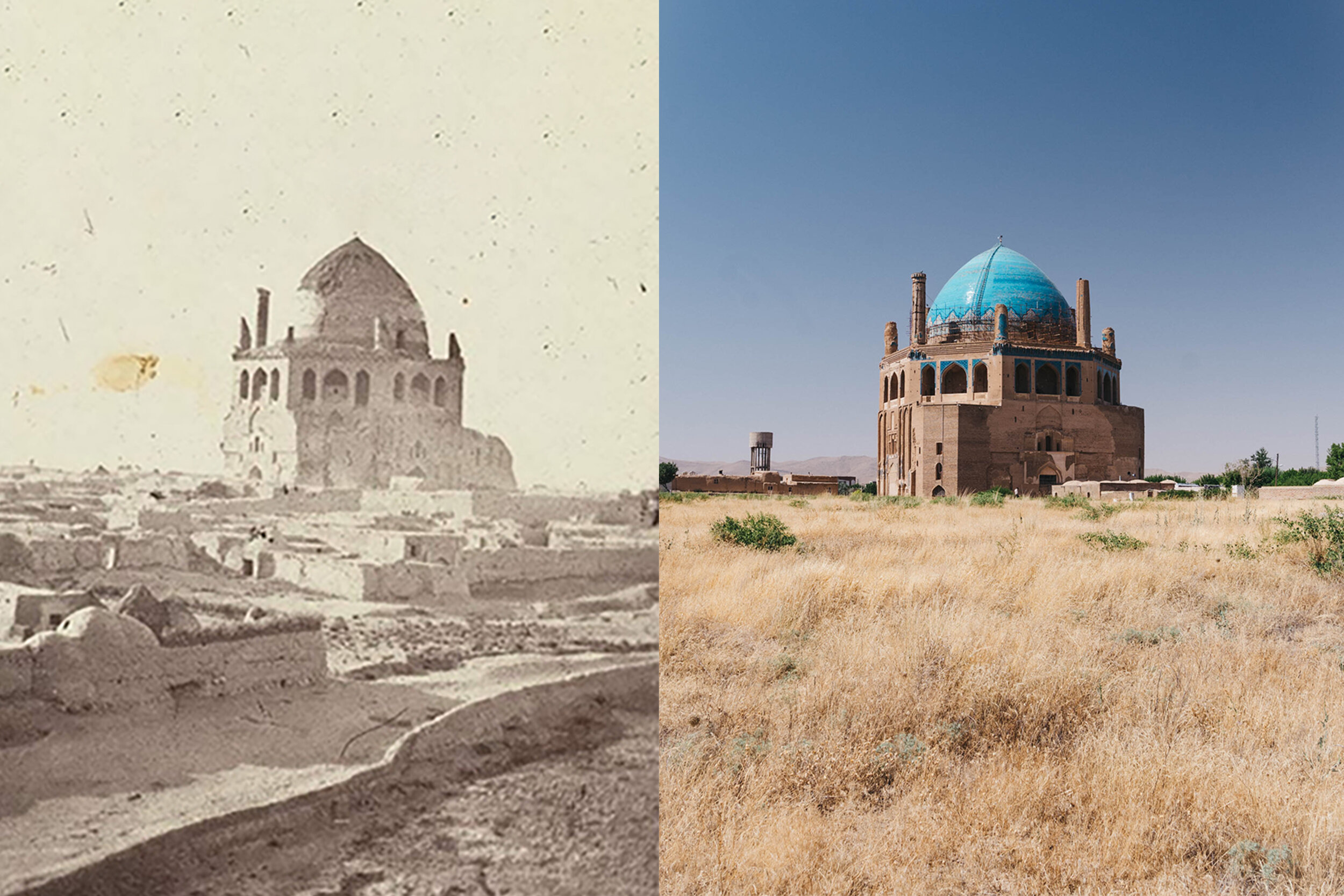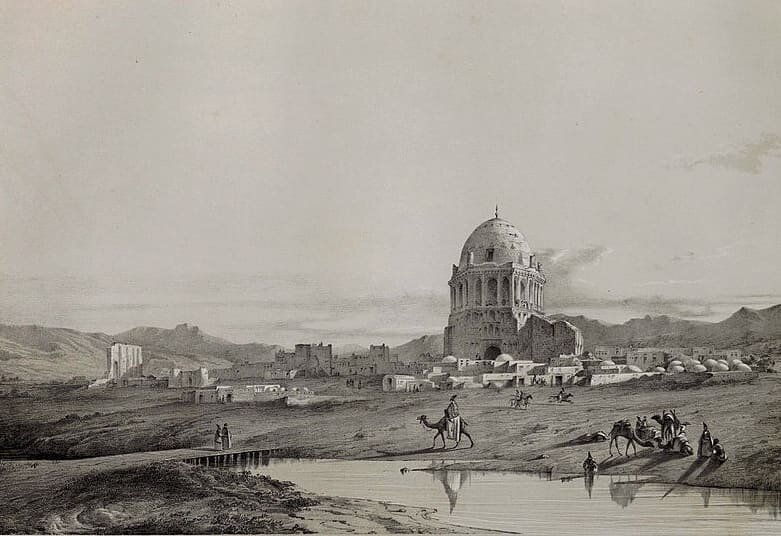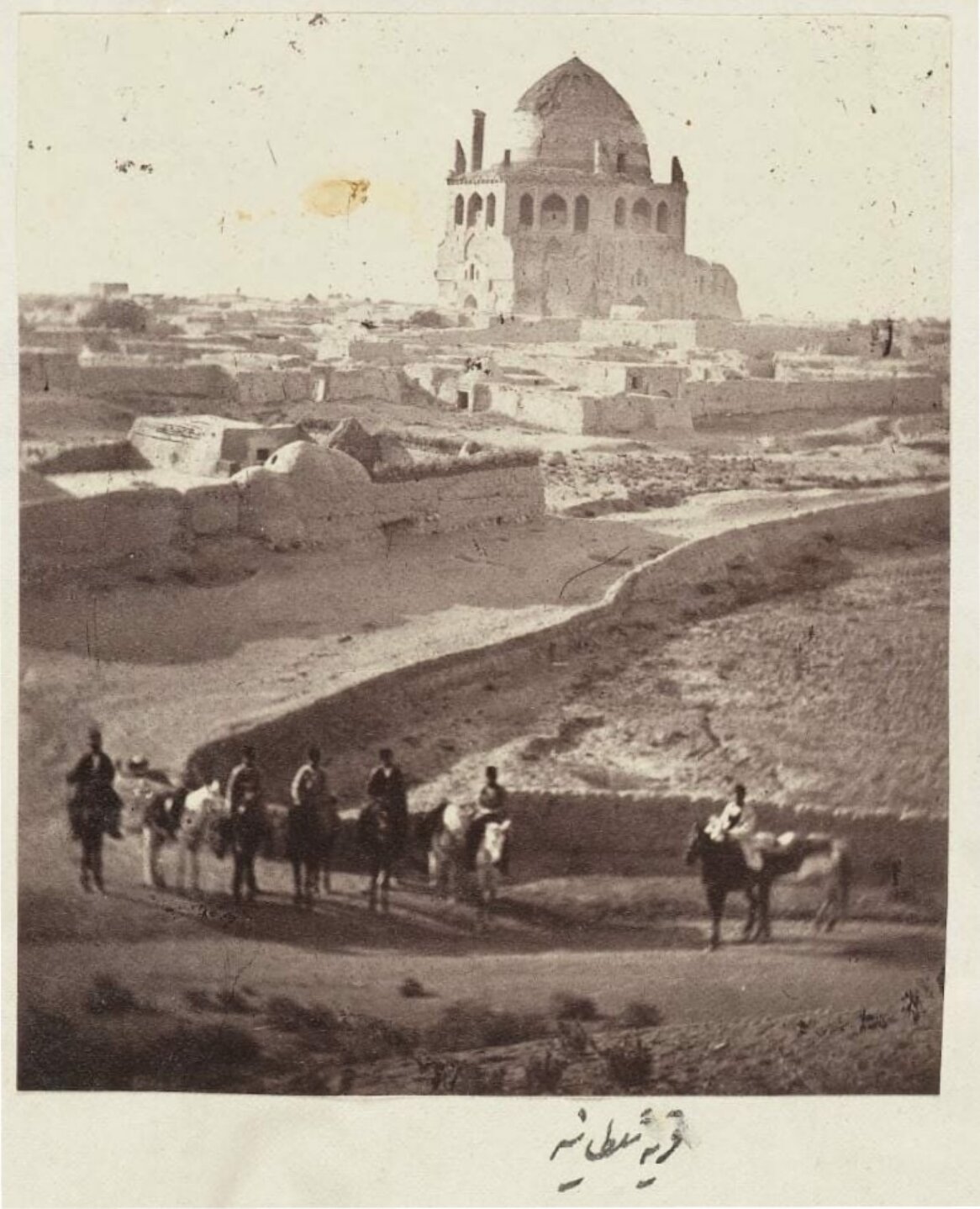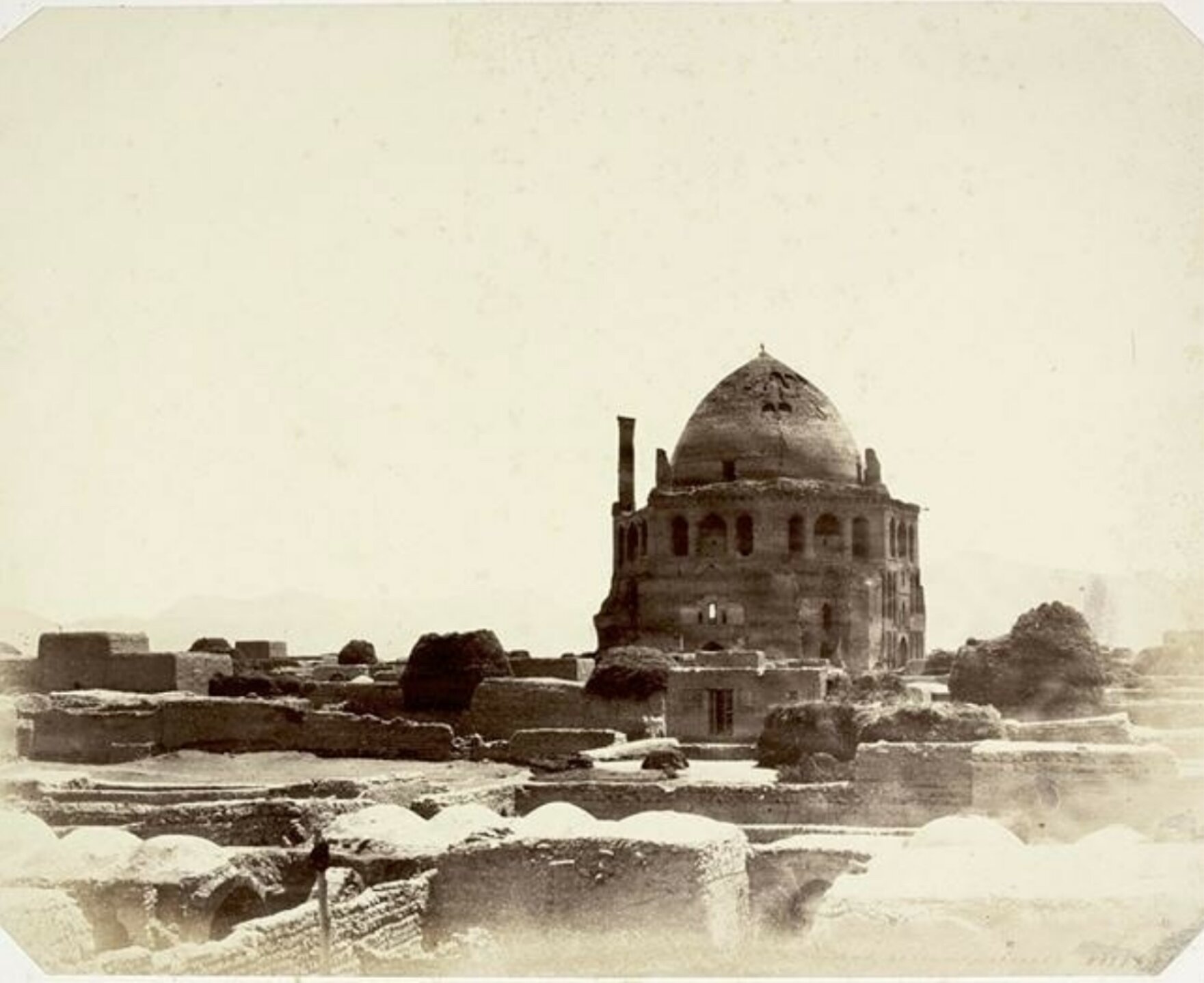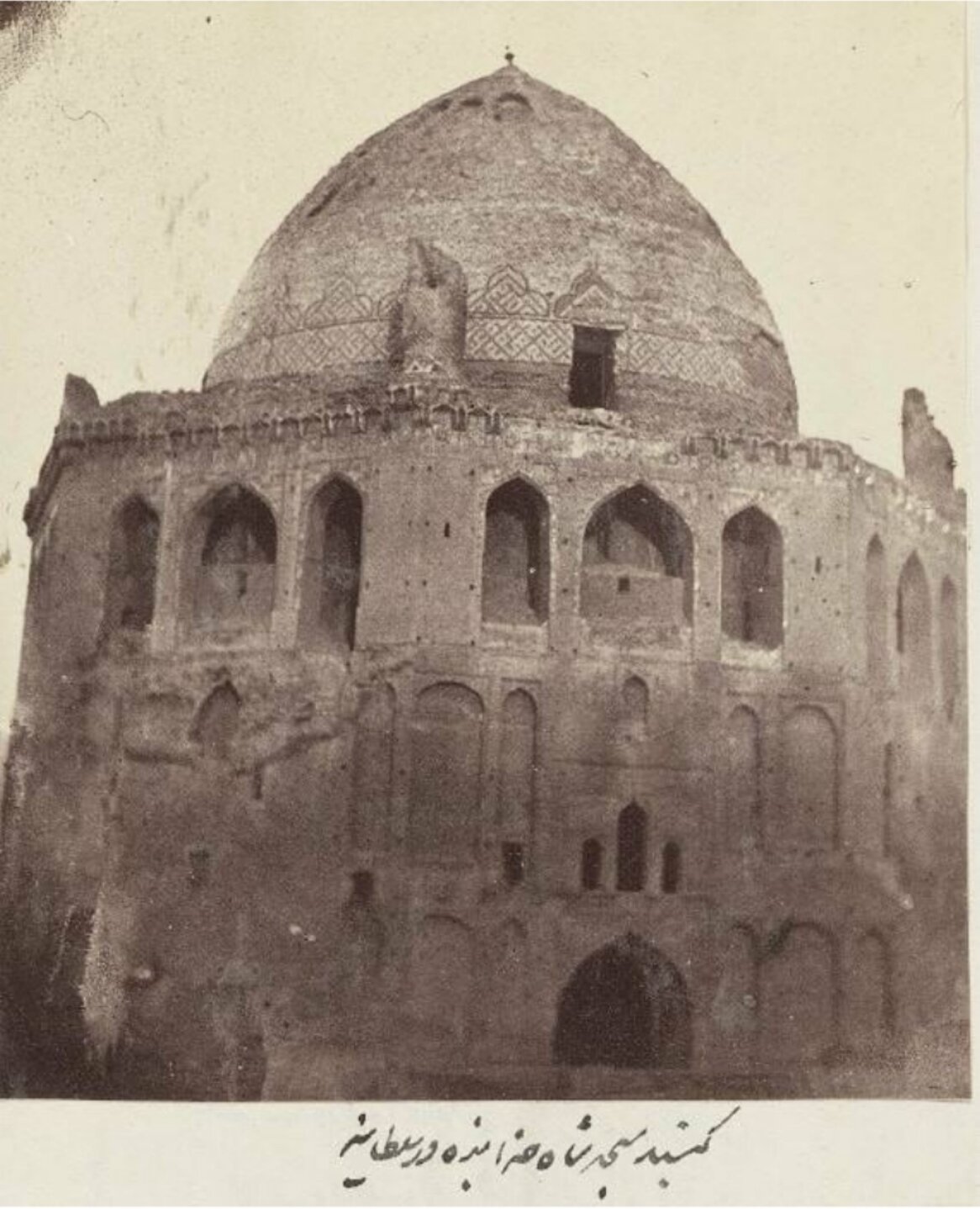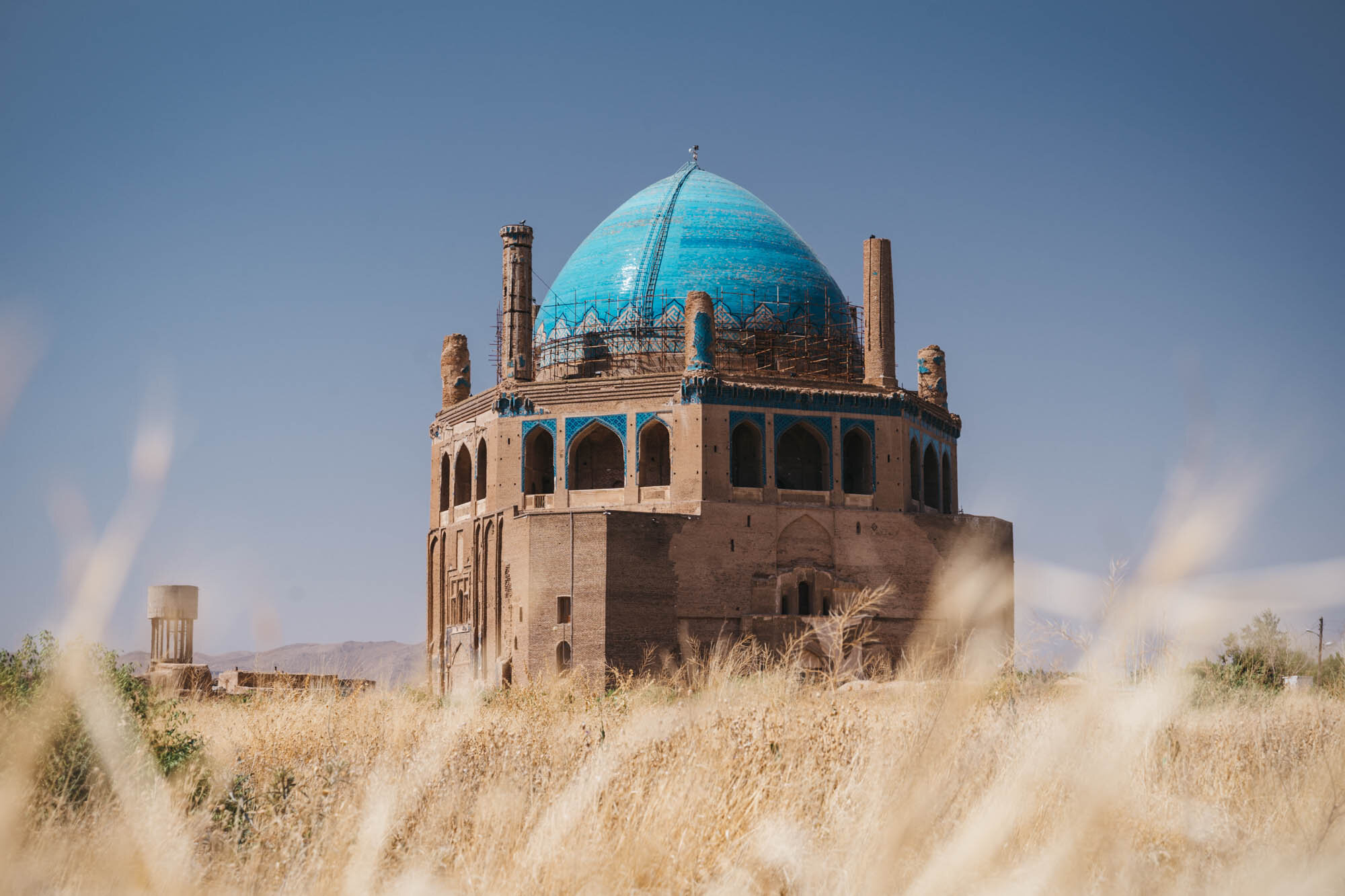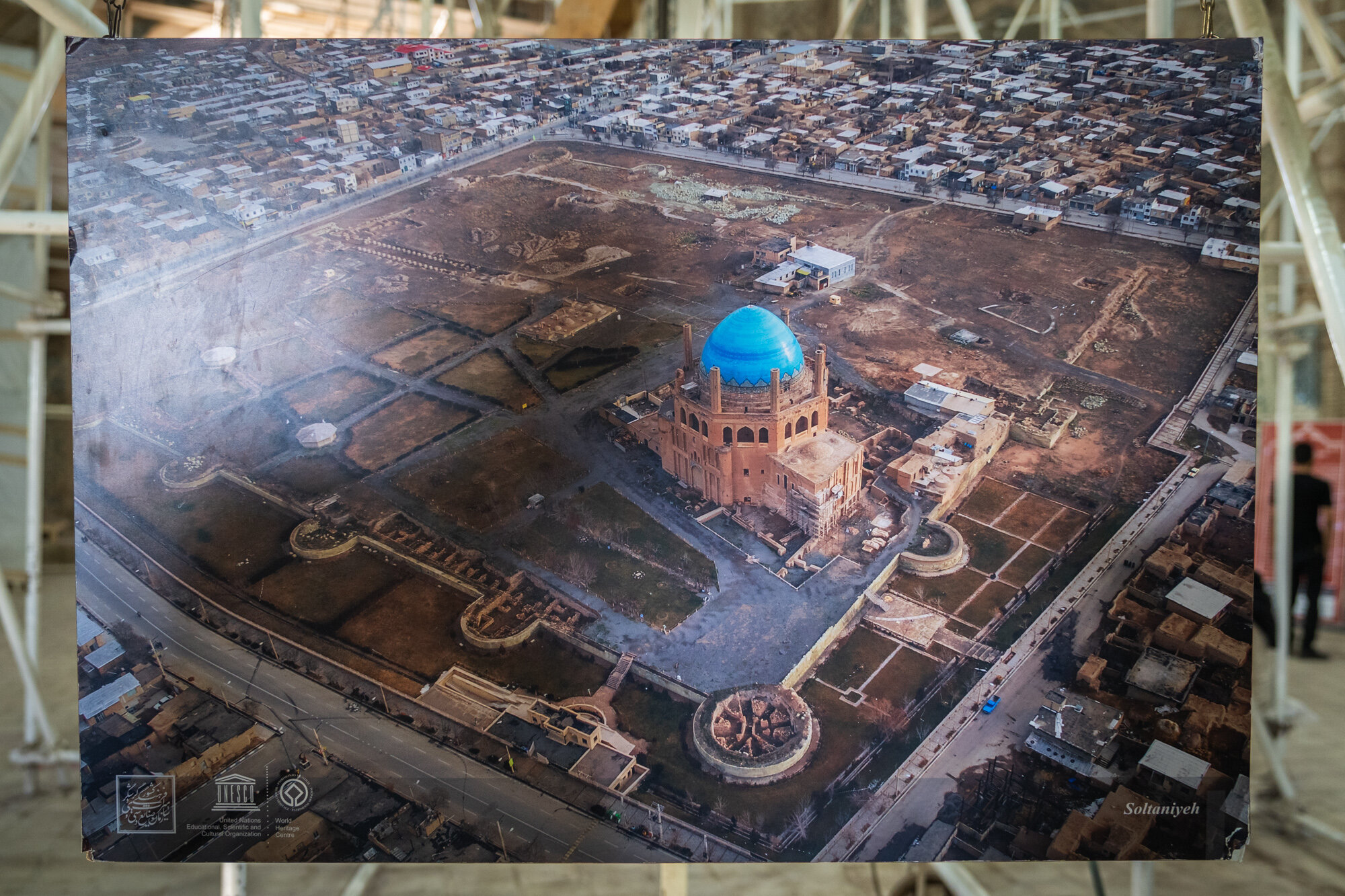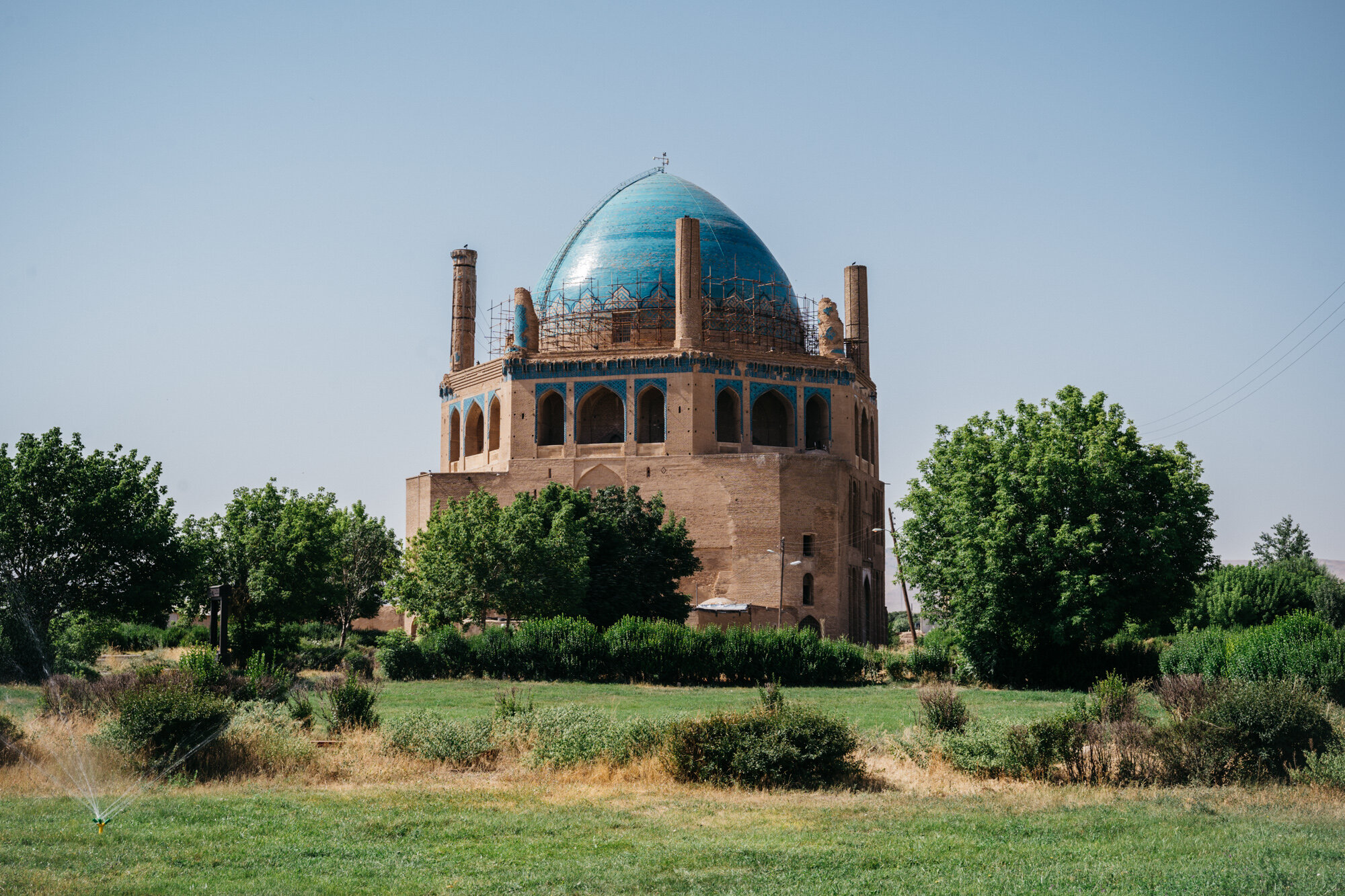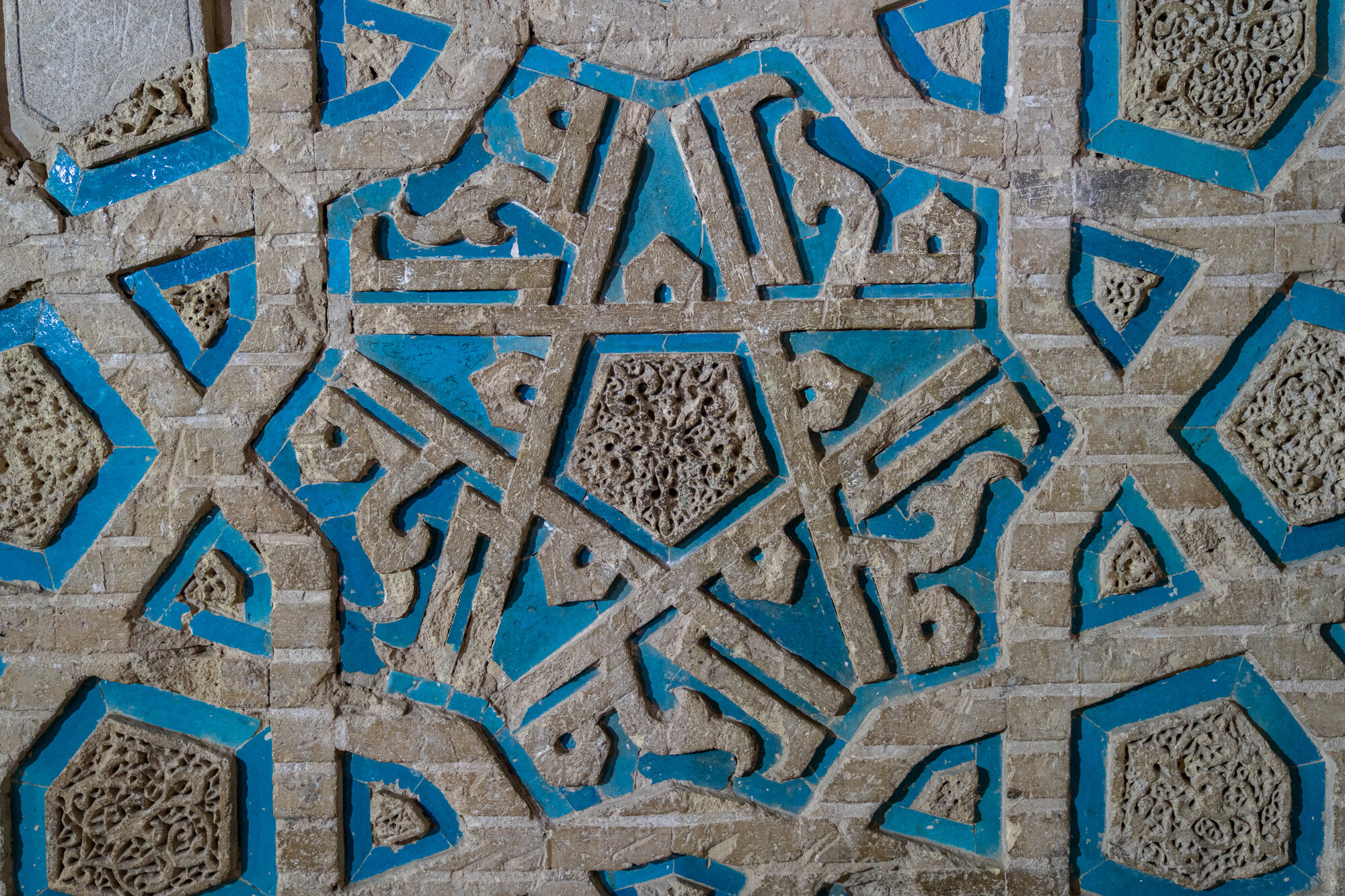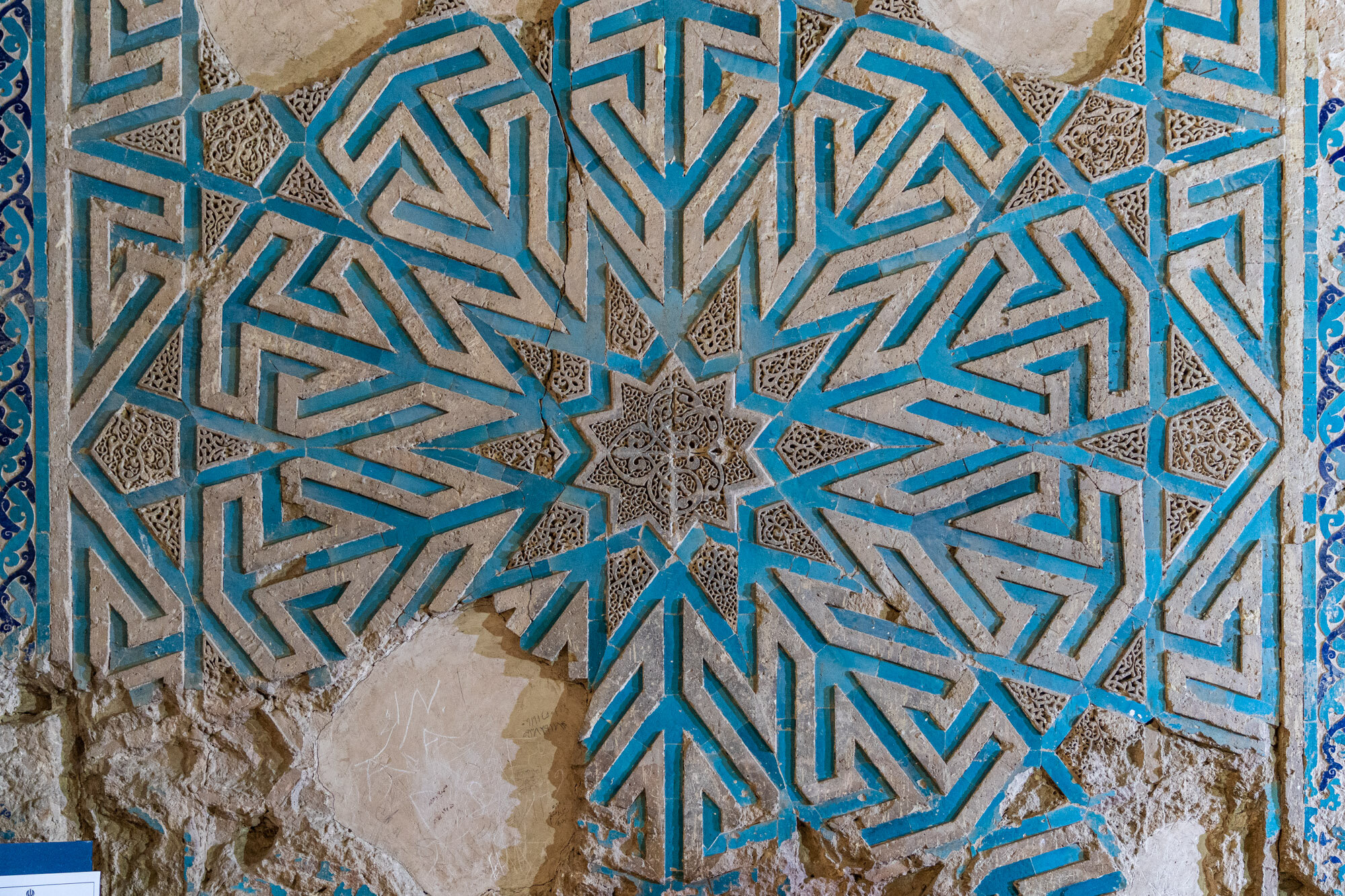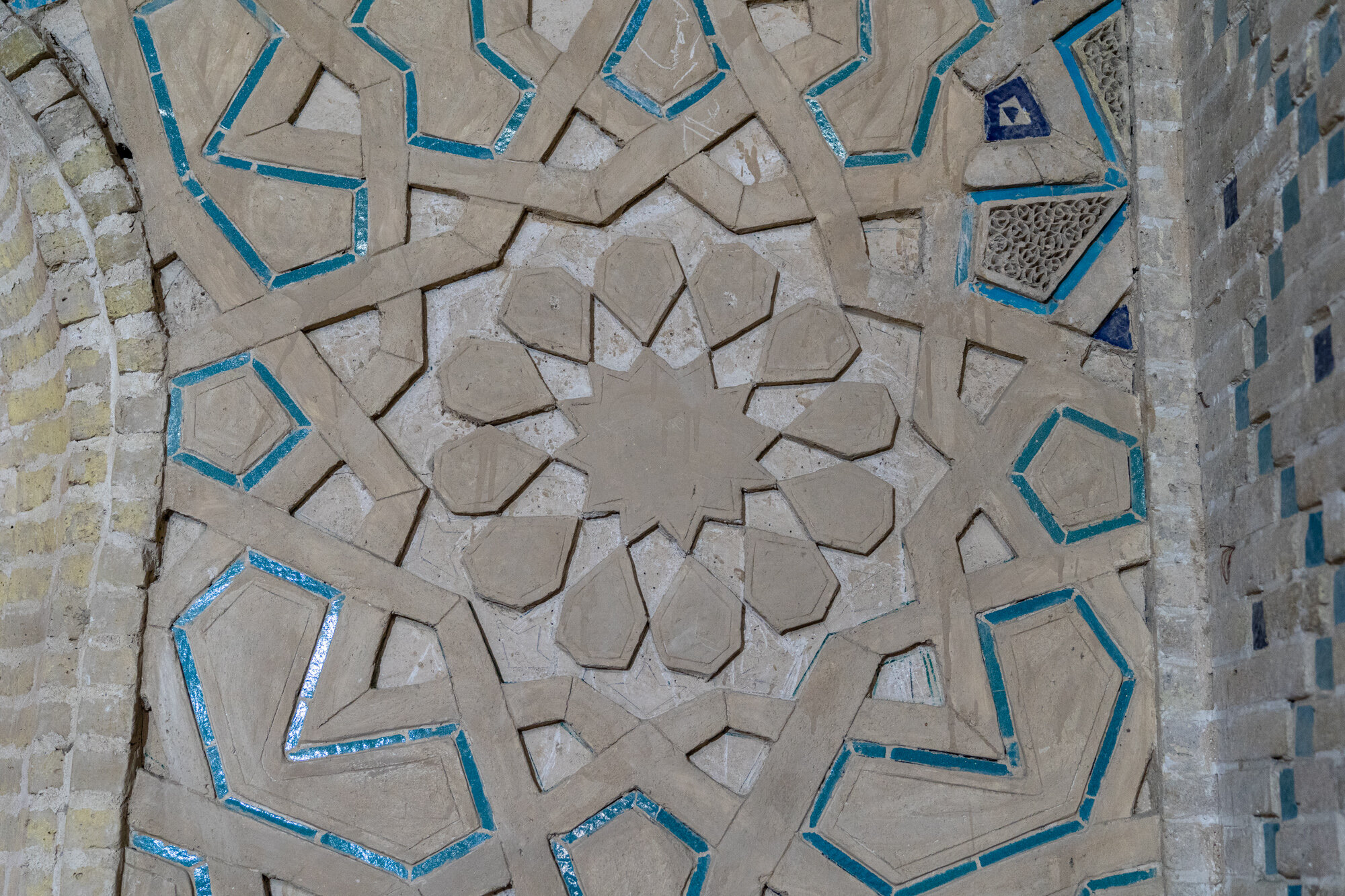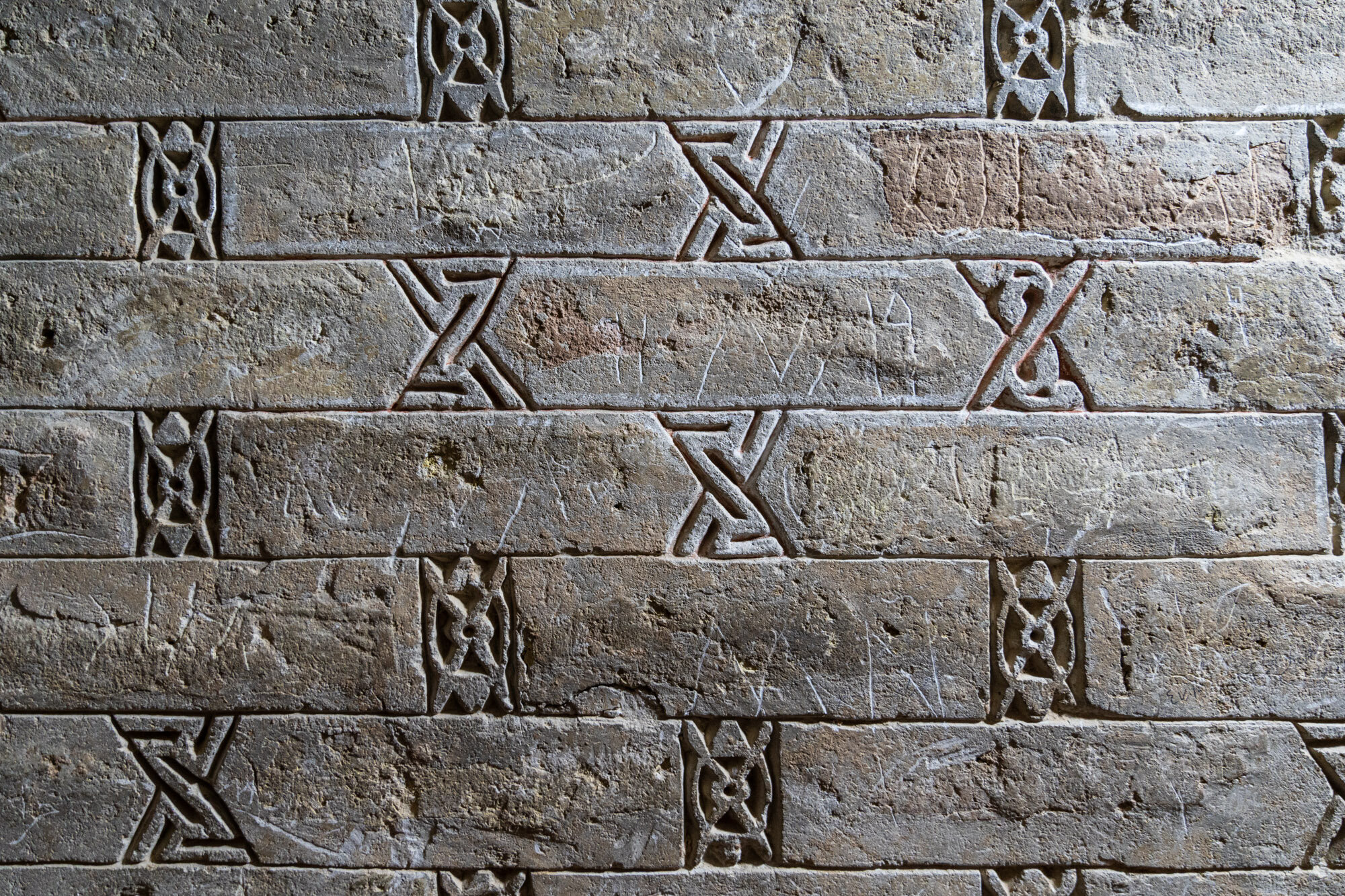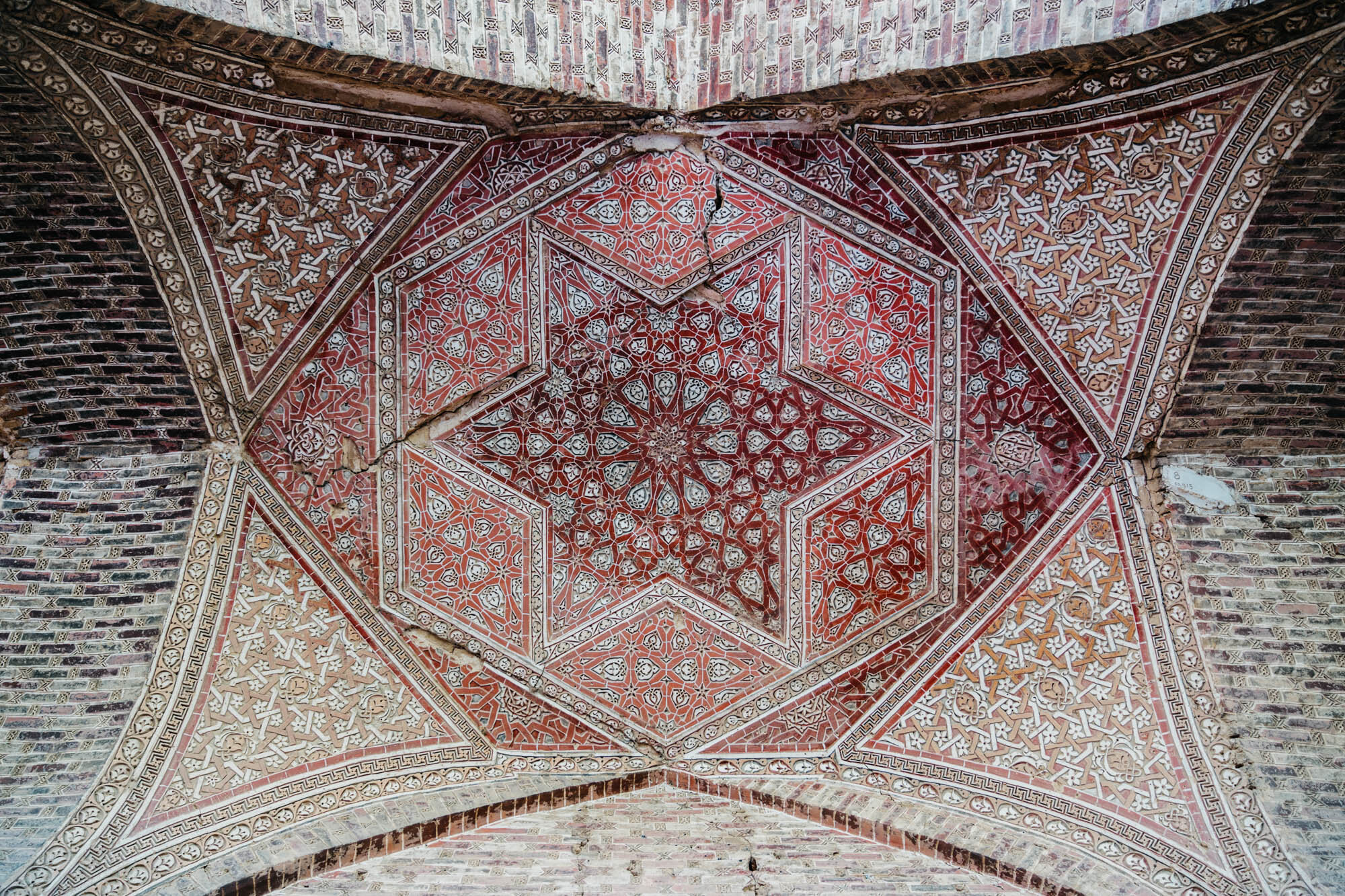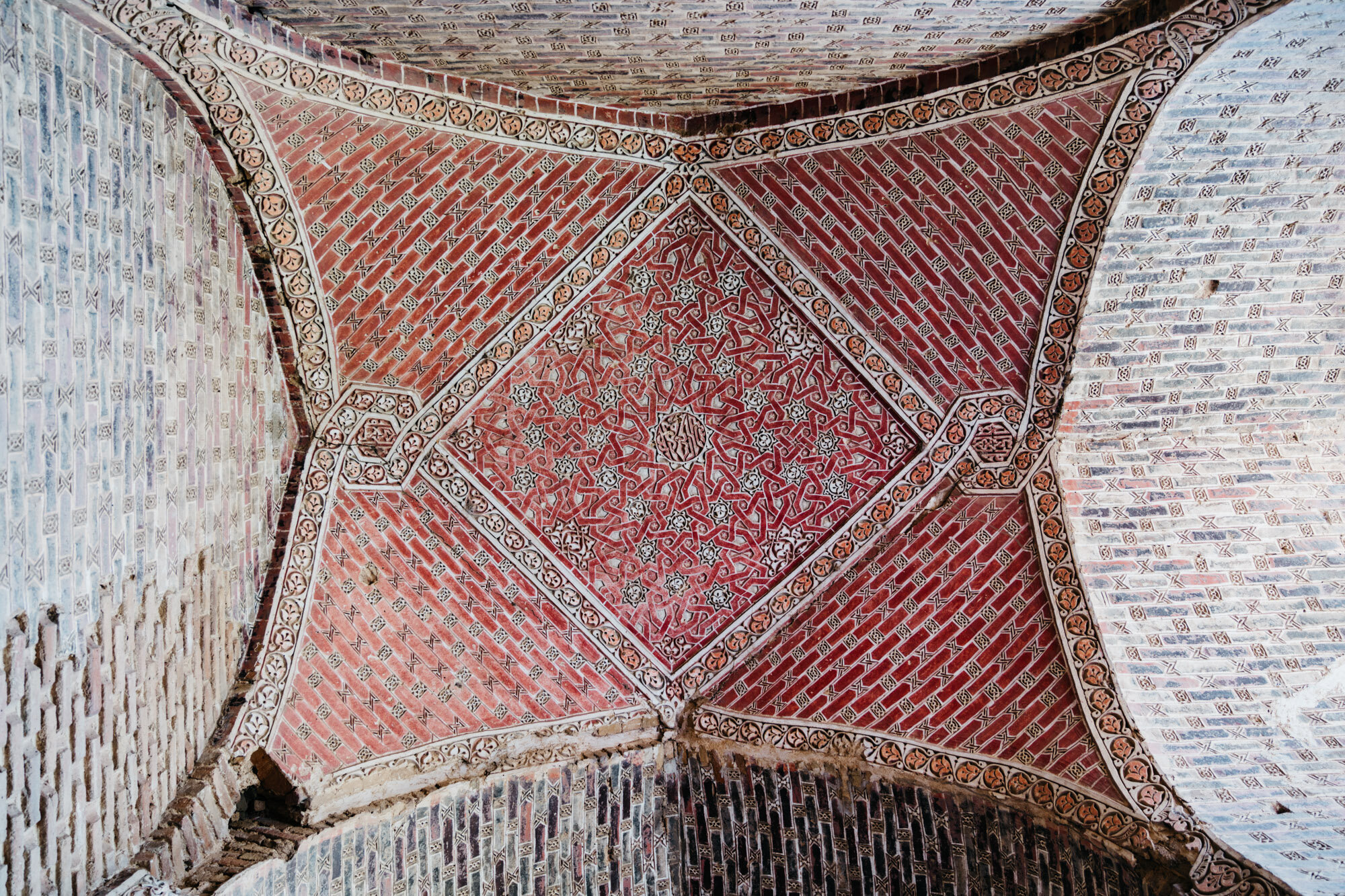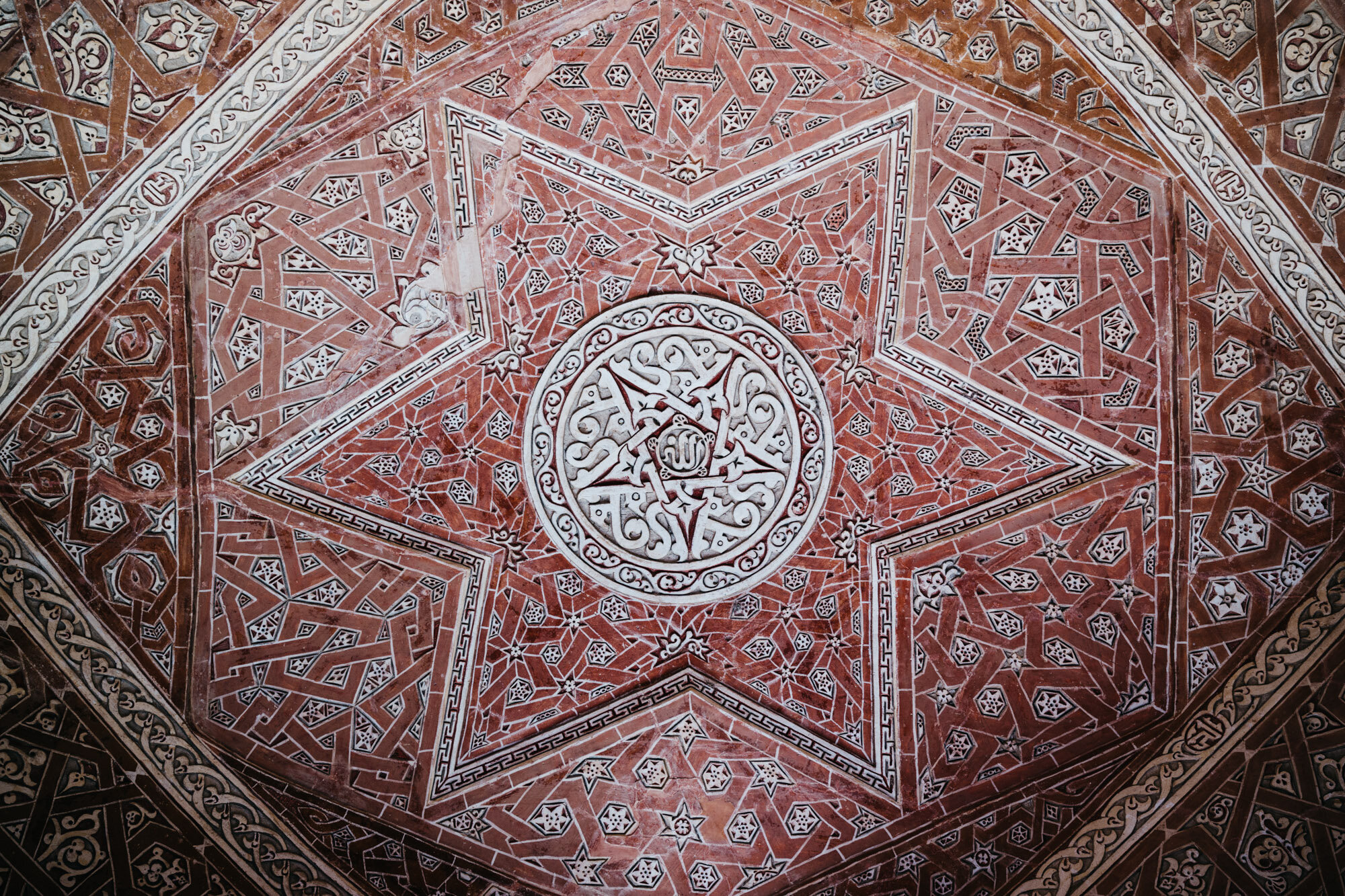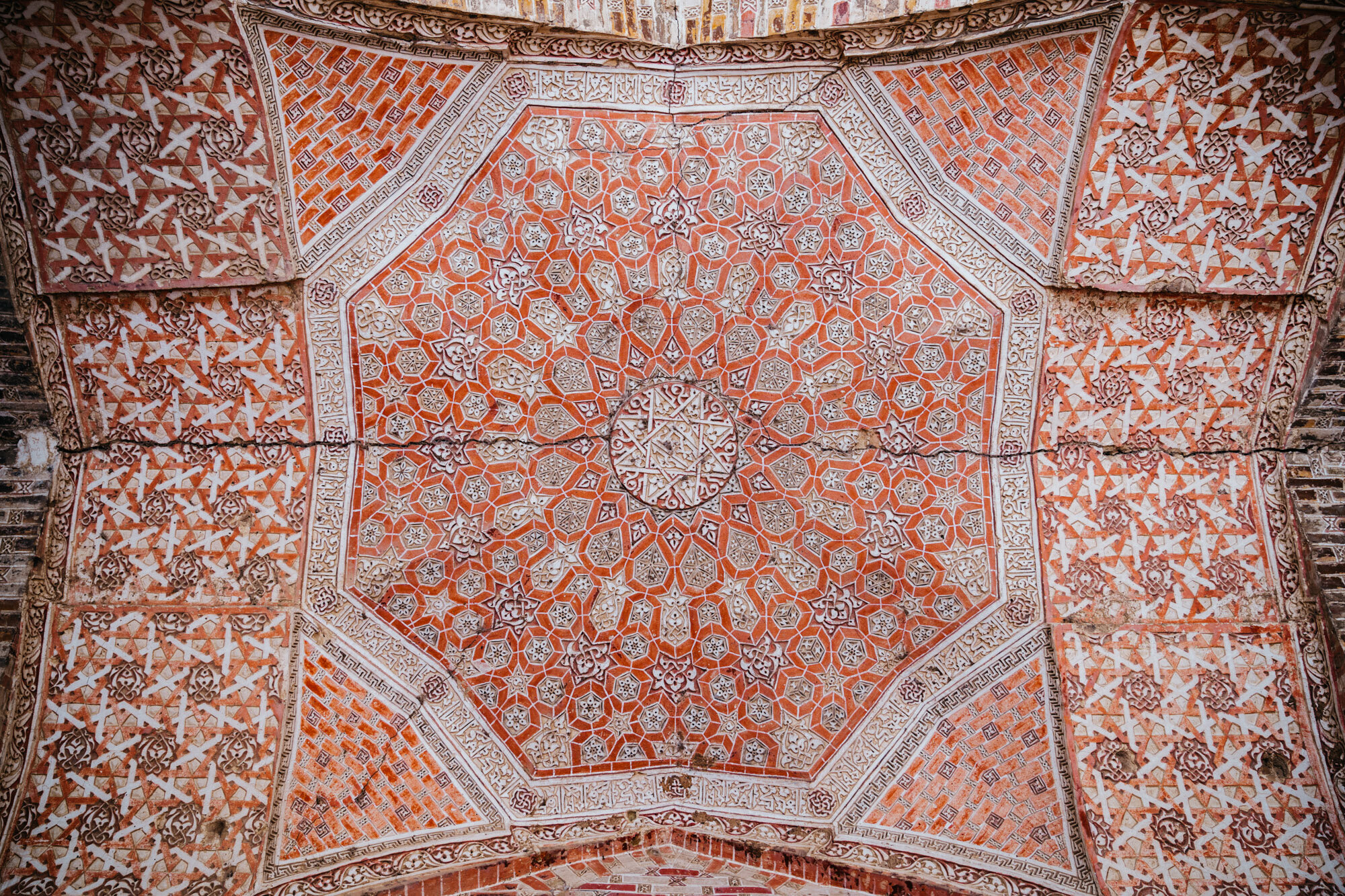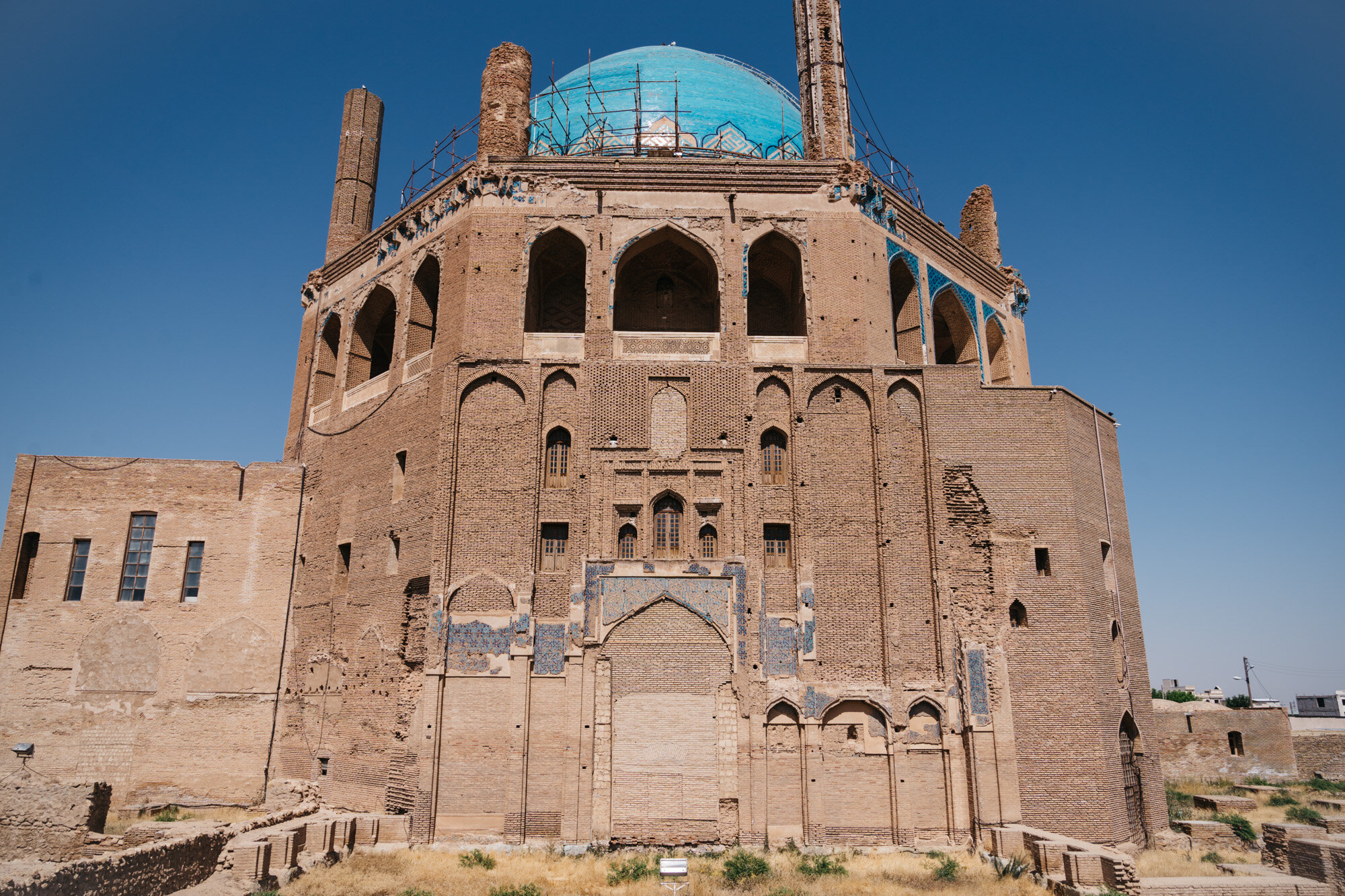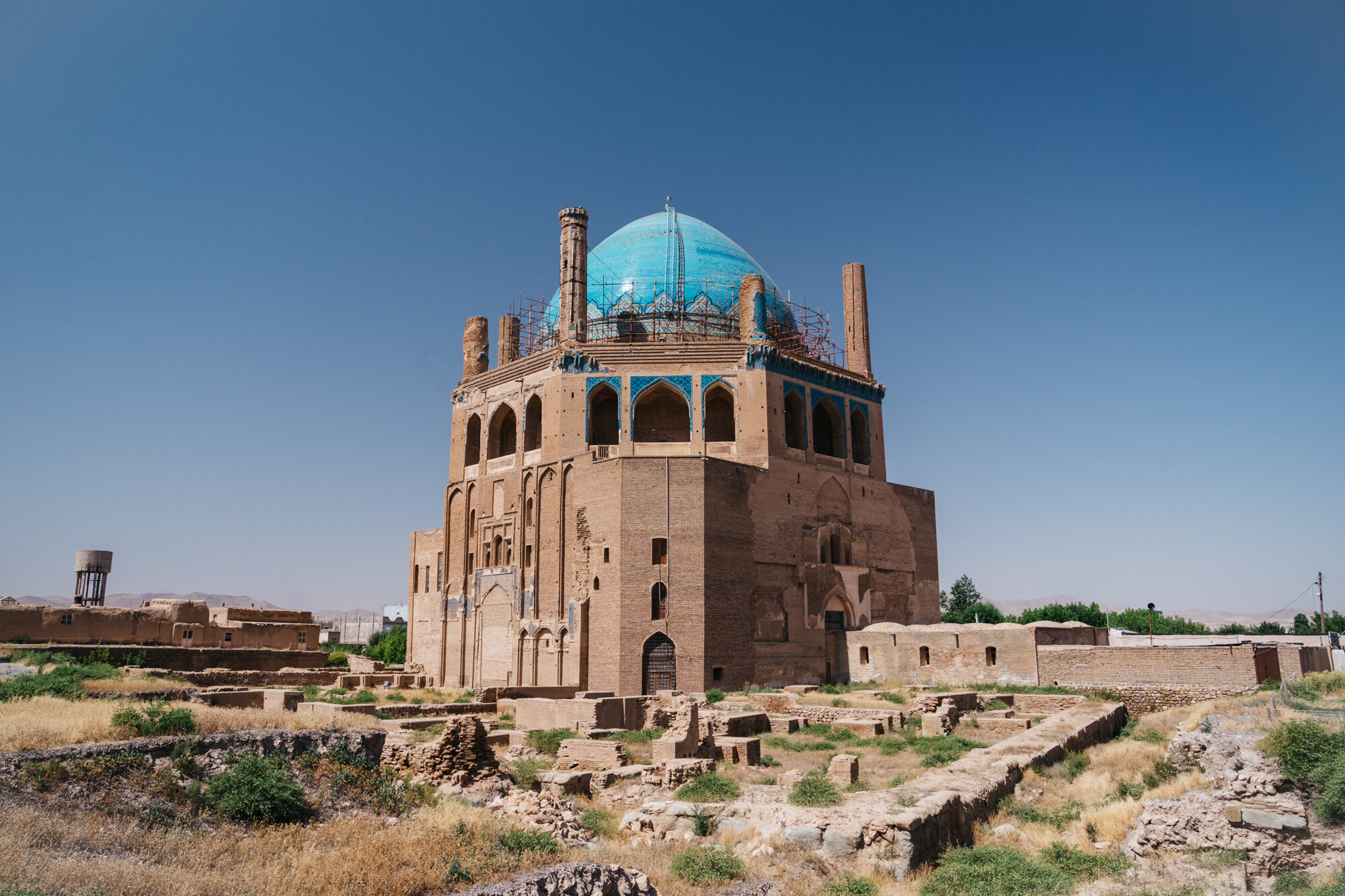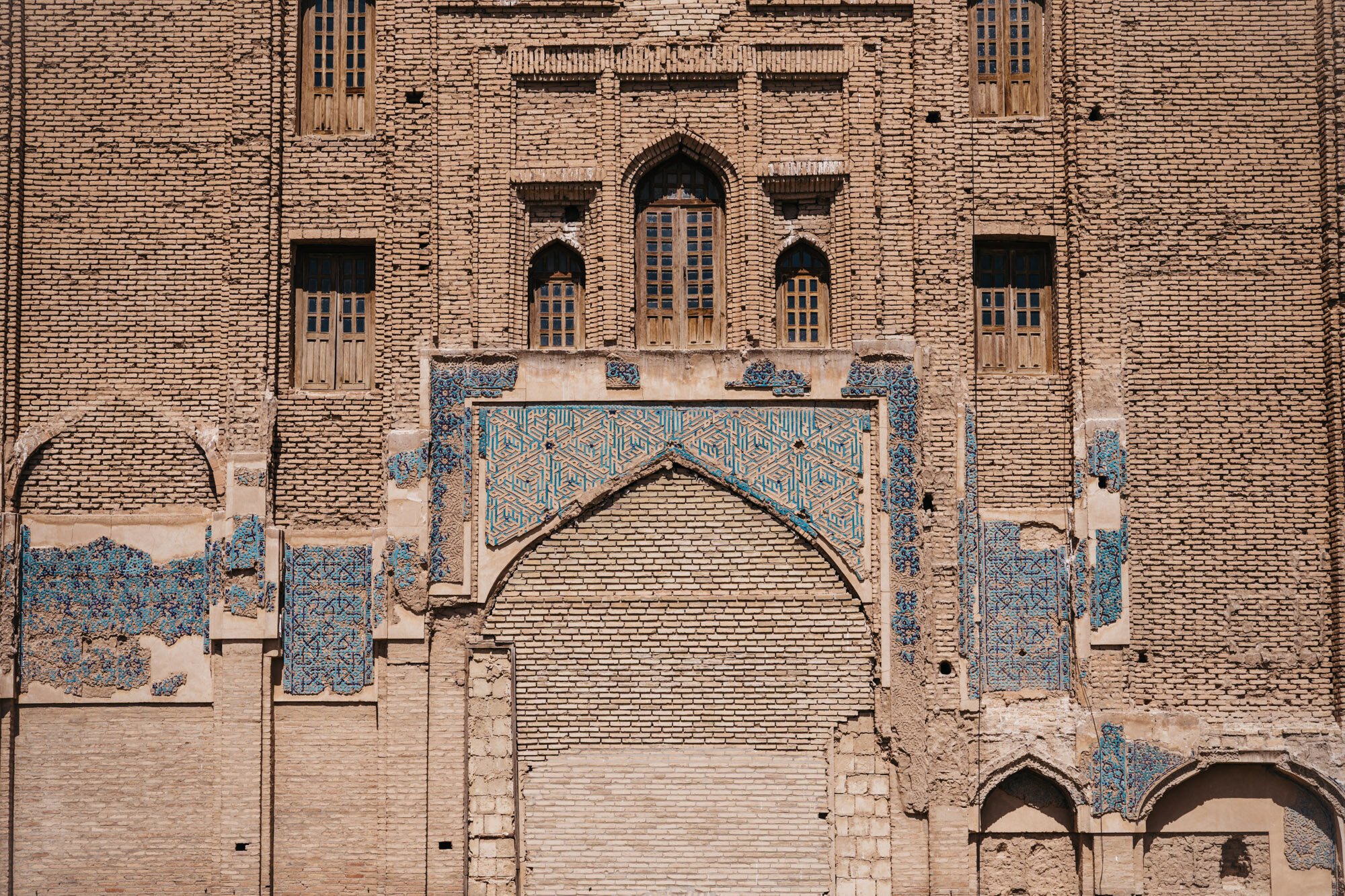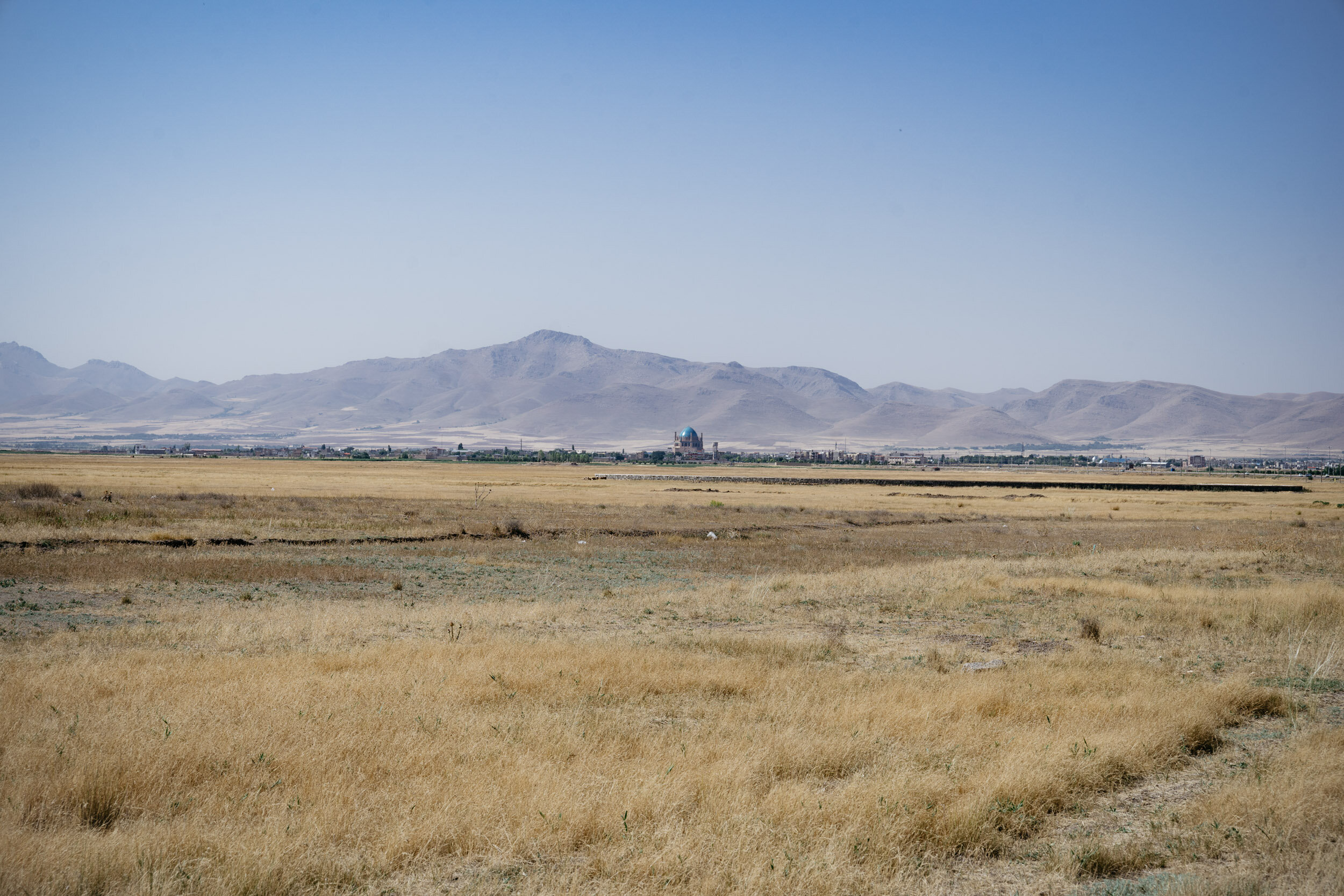Then & now: The Mausoleum of Oljaytu
These 18th and 19th century lithographs and photographs of the magnificent mausoleum in Soltaniyeh near Tabriz in north western Iran recently came to my attention via an Instagram post by Fartash Tours.
The Fartash team kindly shared the historic images which I include alongside photos I took of Soltaniyeh in 2019.
After conquering this region, the Mongol general Oljaytu established the new capital of the Ilkhanid dynasty in the city of Soltaniyeh. After taking on the religion - Shia Islam - of those he now ruled over, he began constructed this mausoleum for himself which was completed in 1312.
It is the second largest mausoleum in the Islamic world. The peak of the dome is 51 metres in height and the walls are seven metres thick.
The turquoise dome and stylised Kufic calligraphy are very similar to those found in Central Asia, particularly from Uzbekistan. It seems reasonable to imagine that Oljaytu brought these influences with him as his military campaigns took him westward. I’m interested to know what others think.
While the passage of time has taken its toll, efforts are under way to conserve what remains of this beautiful monument and, where possible, to restore it to former glories. Painstaking restoration has been going on for 50 years and counting!
